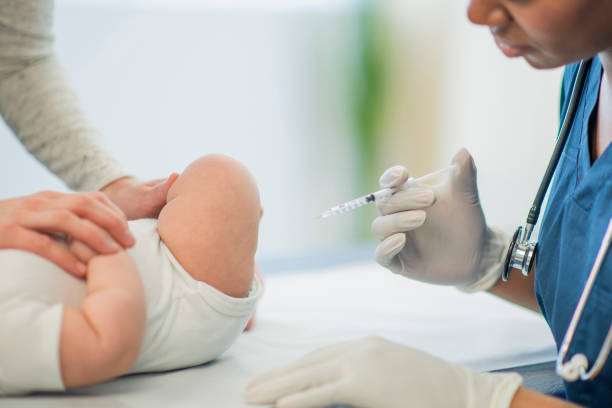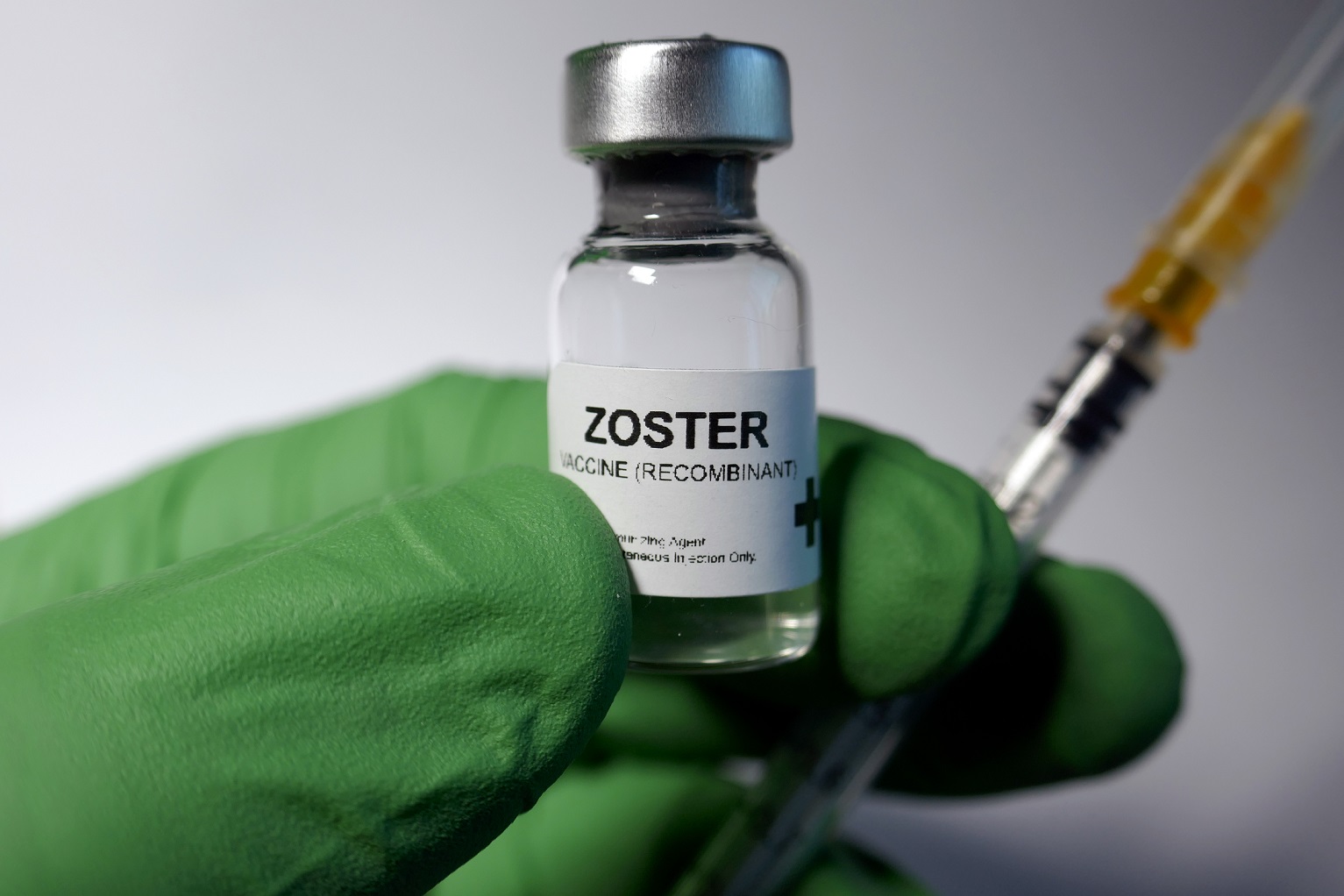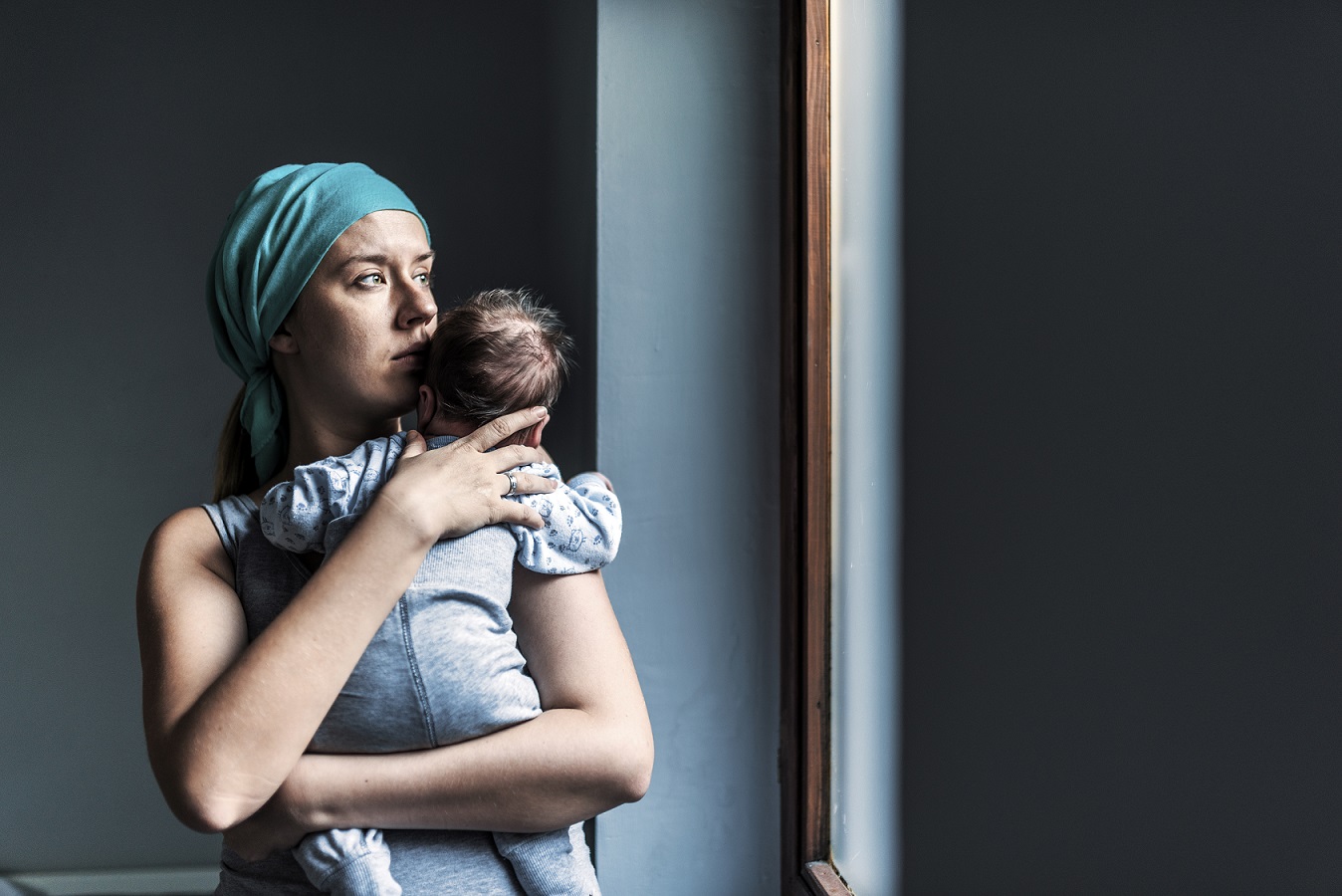A new study published in the Journal of the American Medical Association (JAMA) last month has found that rates of Sudden Infant Death Syndrome (SIDS) increased 12 percent during 2020-2022, during the height of the coronavirus pandemic. SIDS is the unexplained death of an otherwise healthy infant, typically occurring in babies under one year old. Also known as “crib death,” since the condition occurs during sleep, SIDS falls under the broader category of Sudden Unexpected Infant Death (SUID), which is a term that became more widely used several decades ago, but remains unexplained despite decades of extensive research, including autopsies, death scene investigations, and medical history reviews.1 2 3
Despite the rise in SIDS cases in recent years, the study highlights that overall infant mortality has declined by 24 percent. While infant mortality in the U.S. has steadily decreased since 1995, it has remained higher than in most other developed countries. However, in 2022, the U.S. saw its first increase in infant mortality in decades, according to the U.S. Centers for Disease Control and Prevention’s (CDC) National Center for Health Statistics. These statistics highlight longstanding challenges in U.S. infant health as the country continues to lag behind industrialized nations.4
The study results are “pretty alarming,” said the study author Elizabeth Wolf, MD, an associate professor of pediatrics with Children’s Hospital of Richmond at Virginia Commonwealth University. “The death of an infant from SIDS or SUID [Sudden Unexpected Infant Death] is unbelievably horrific. And we as a public health community need to do everything we can to try and reduce the risk factors as much as possible.”3
VAERS Data Indicates Significant Number of Infant Deaths Within a Week of Vaccination
Newborns commonly receive multiple vaccinations on their first day of life and up to 10 vaccine doses before three months of age that start on the day of birth, according to the CDC’s recommended childhood vaccine schedule. While some studies have acknowledged temporal associations between vaccination and infant deaths, most have not acknowledged a causal relationship. A temporal association refers to two events occurring at the same time that may or may not be related. Although more research is warranted to determine the cause of increasing reports of SIDS deaths, a review of data from the Vaccine Adverse Event Reporting System (VAERS) indicates that a significant number of infant deaths occurred within a week of vaccination.5 6
A 2021 peer-reviewed study by Neil Z. Miller, which analyzed data from VAERS to investigate the timing of infant deaths after vaccination, indicated that a significant proportion of reported infant deaths occurred within a short period after vaccination: 58 percent of infant deaths were reported within three days post-vaccination and 78.3 percent occurred within seven days post-vaccination. The author concluded, “While the findings in this paper are not proof of an association between infant vaccines and infant deaths, they are highly suggestive of a causal relationship.”6
Multiple Vaccines Could Increase Toxic Effects on Infants and Affect Breathing
The 2021 study also emphasizes that “additive or synergistic toxicity may occur following multivalent vaccination,” meaning that combining multiple vaccines could potentially increase toxicity effects. The study pointed out that adjuvants—heavy metal-based substances added to vaccines to hyperstimulate an inflammatory immune response—can cross the blood-brain barrier (BBB), a protective shield that prevents harmful substances from entering the brain. If this occurs, it may interfere with the brain’s ability to regulate breathing. TBabies who die from SIDS are often found to have breathing problems due to irregularities in the brain.6 7
A 2006 press release from the National Institutes of Health (NIH) about SIDS says, in part:
Infants who die of sudden infant death syndrome have abnormalities in the brainstem, a part of the brain that helps control heart rate, breathing, blood pressure, temperature and arousal. The finding is the strongest evidence to date suggesting that innate differences in a specific part of the brain may place some infants at increased risk for SIDS.7
COVID-19 and “Unsafe Sleeping Habits” Blamed for Recent Surge in SIDS Cases
While many medical professionals are scratching their heads to determine what’s behind the spike in cases, they say coronavirus infections are one potential cause, although typically, a coroner conducting an autopsy would determine that a respiratory infection—not SUID—was the cause of death. Michael Goodstein, MD, director of newborn services for WellSpan Health and a member of an American Academy of Pediatrics task force on SUID said, “It’s my prayer that this is just a blip that’s really tightly tied to the pandemic, and that it’ll come back down.” SIDS cases seemed to have surged between June and December 2021.4 8
Despite the widespread recommendation for back sleeping since the 1990s, SIDS cases have continued to increase. “The cause of SUID is believed to be multi-factorial,” said Emma Guare, a medical student at Penn State College of Medicine and first author of a different study on SIDS published in 2024. “Even with education about safe sleep environments and the back-to-sleep campaign encouraging parents to put babies to sleep on their backs, there’s still a high rate of SUID. It’s been hypothesized that there might be a link between infection and SUID and we wanted to better understand that connection, particularly as endemic infection rates shifted during the pandemic.”8 9
Aside from respiratory infections, Dr. Wolf believes unsafe sleeping habits, largely prompted by social media posts, are partly to blame for the rise in cases. “In social media posts, infants can be seen in unsafe sleep positions, for example on their stomach instead of on their back, and in unsafe sleep environments such as adult beds, couches and baby swings,” she said in a statement.4
The risk of SIDS remains significantly higher for Black, Native American, and Pacific Islander infants compared to White and Asian infants, with Black babies facing a 10 times higher risk than Asian infants and three times higher than White infants. While experts state that SIDS has no known cause, they hypothesize that racial disparities in SIDS rates can be tied to factors such as late or lack of prenatal care.4
“An infant dying from SUID is a horrific tragedy and causes incomprehensible trauma to the family,” Wolf said in the statement. She suggests that parental assistance, expanded healthcare, parental leave, breastfeeding support, and more could help lower the numbers. “She added, “Although not all SUID is preventable, there are some ways to reduce an infant’s risk.”4
“Sudden Infant Death Syndrome” Listed as Adverse Event Reported Post-Approval on Vaccine Manufacturers Inserts
It’s noteworthy that while numerous risk factors have been identified, the underlying cause of SIDS remains “unknown.” This discrepancy raises important questions about how risk factors are determined, particularly since SIDS has lacked a definitive cause since its recognition as a medical condition in the 1960s.
According to the manufacturer’s package inserts, multiple vaccines (including hepatitis B vaccine given to babies in the newborn nursery on their first day of life) list SIDS as an adverse event reported post-licensure. For instance, the INFANRIX (Diphtheria and Tetanus Toxoids and Acellular Pertussis Vaccine Adsorbed) insert includes SIDS among adverse events reported during post-marketing surveillance after the FDA licensed it and it was recommended by the CDC for use in infants. Similarly, the PEDIARIX (Diphtheria and Tetanus Toxoids and Acellular Pertussis, Hepatitis B, and Inactivated Poliovirus Vaccine) insert notes instances of SIDS observed during clinical trials. The CDC maintains that vaccines may have a protective effect against SIDS, but data for 2023 and 2024 have not yet been published.10 11
If you would like to receive an e-mail notice of the most recent articles published in The Vaccine Reaction each week, click here.
Click here to view References:1 Lambert ABE, Parks SE, Shapiro-Mendoza CK. National and State Trends in Sudden Unexpected Infant Death: 1990-2015. Pediatrics 2018; 141(3).
2 Wolf ER, Rivara FP, Sen A, Woolf SH. Sudden Unexpected Infant Death and Disparities in Infant Mortality in the US, 1999-2022. JAMA Pediatr 2025; 179(3): 344-346.
3 Schultz CL. Cases of SIDS — Sudden Infant Death Syndrome — Spike by 12%: ‘Unbelievably Horrific.’ People Jan. 28, 2025.
4 McPhillips D. US infant mortality increased in 2022 for the first time in decades, CDC report shows. CNN July 25, 2024.
5 Miller NZ. Vaccines and sudden infant death: An analysis of the VAERS database 1990-2019 and review of the medical literature. Toxicology Reports 2021; 8: 1324–1335.
6 U.S. Centers for Disease Control and Prevention. Vaccine schedules for children, birth through 18 years old. Aug. 8. 2024.
7 U.S. National Institutes of Health. SIDS infants show abnormalities in brain area controlling breathing, heart rate. Nov. 9, 2022.
8 Pennsylvania State University. Rates of sudden unexpected infant death changed during the COVID-19 pandemic. Oct. 16, 2023.
9 Li G, Fairchild G, Caldwell A, Moon RY. Rates of sudden unexpected infant death before and during the COVID-19 pandemic. JAMA Network Open 2023; 6(10): e2337310.
10 GlaxoSmithKline. INFANRIX [Diphtheria and Tetanus Toxoids and Acellular Pertussis Vaccine Adsorbed] package insert. U.S. Food and Drug Administration.
11 U.S. Food and Drug Administration. PEDIARIX package insert.













5 Responses
“increased 12 percent during 2020-2022, during the height of the coronavirus pandemic”
Start by looking at the elephant in the room . . . covid shots to the parent or child. This data should be easy to analyze and clearly rule out or show cause . . .
Except if there is poor records by design or feet dragging. Too much corruption . .
The increase was really only in 2022, if you read carefully. They tried to make you think it was a Covid thing, by grouping it from 2020-2022, but it was really only after the Covid vaccine started that the increase was noted. Surprise.
It would be interesting to see what percentage of infants dying suddenly were totally vax-free? Although in the US, they probably don’t exist since they’re shot up with the garbage from day 1.
SIDS cases seemed to have surged between June and December 2021.
a deactivate in Canada investing baby death
found over 50% of unknown baby death happened within 1 week after a “well baby visit”.
looks like the well baby visit is killing the baby.
and the detective was fired.
No one will ever look at the Vax-Free percentage…….that’s not what Fear is all about. There are too many books to name here…….about the relationship between Vaccines & SIDS. In fact, I know of a husband that was convicted many years ago for Shaken Baby Syndrome in Ohio…….and after spending 7 yrs. in jail……it turned out to be SIDS after Vaccines……….he was eventually Released….with Testimony by a Forensic Scientist.